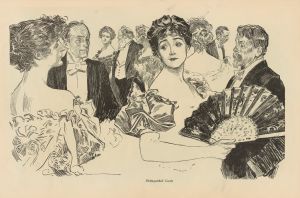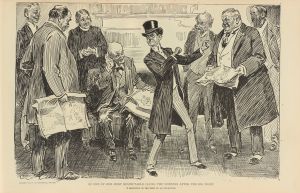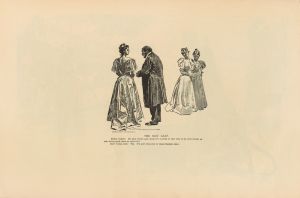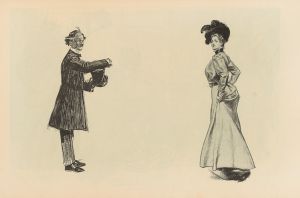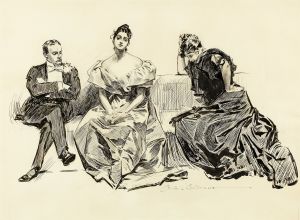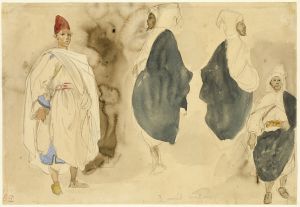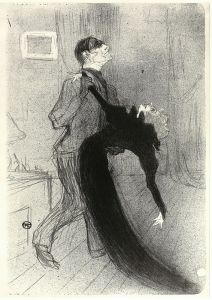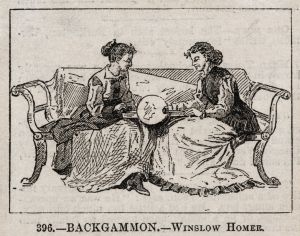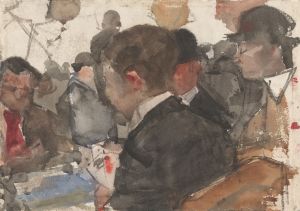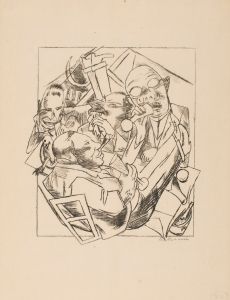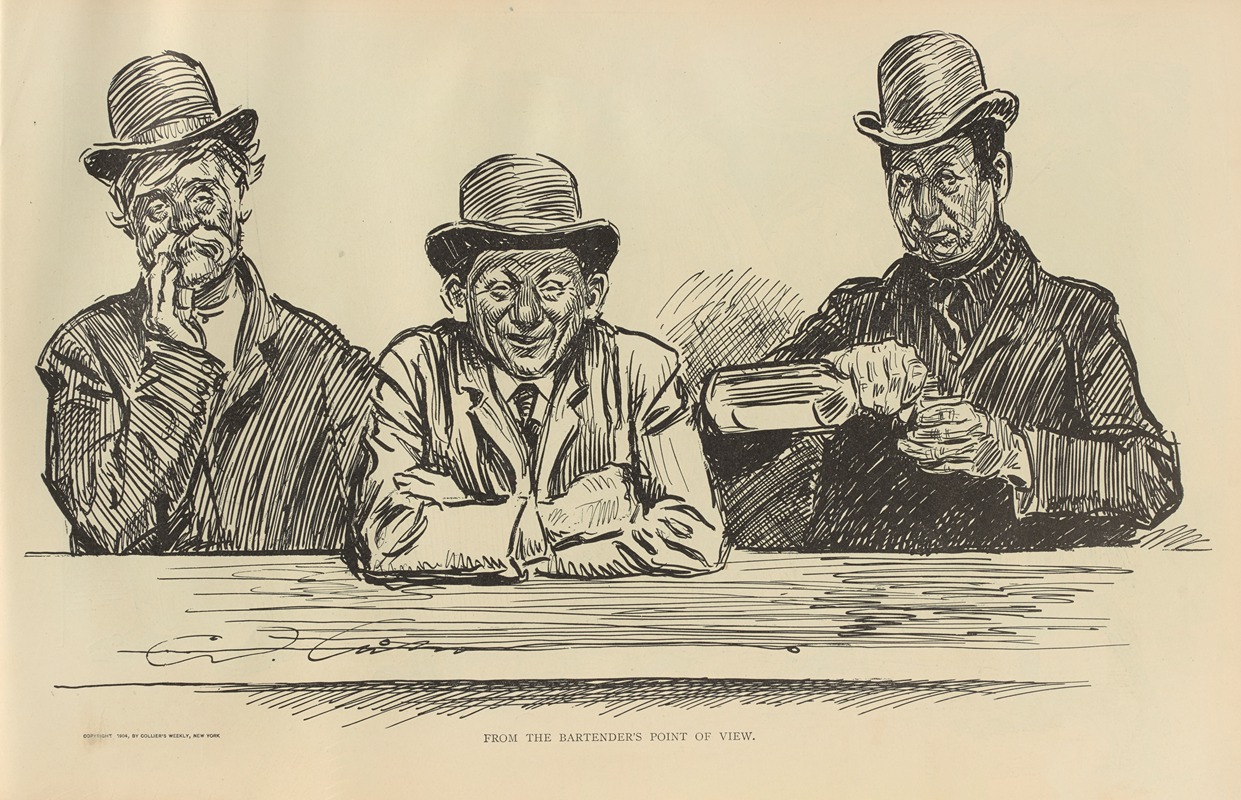
From the bartender’s point of view
A hand-painted replica of Charles Dana Gibson’s masterpiece From the bartender’s point of view, meticulously crafted by professional artists to capture the true essence of the original. Each piece is created with museum-quality canvas and rare mineral pigments, carefully painted by experienced artists with delicate brushstrokes and rich, layered colors to perfectly recreate the texture of the original artwork. Unlike machine-printed reproductions, this hand-painted version brings the painting to life, infused with the artist’s emotions and skill in every stroke. Whether for personal collection or home decoration, it instantly elevates the artistic atmosphere of any space.
Charles Dana Gibson was an influential American illustrator, best known for his creation of the "Gibson Girl," an iconic representation of the American woman at the turn of the 20th century. Among his many works, "From the Bartender’s Point of View" is a notable piece that showcases his keen eye for social commentary and his skill in capturing the nuances of human interaction.
"From the Bartender’s Point of View" is a black-and-white illustration that reflects Gibson's characteristic style, which combines detailed line work with a satirical edge. The illustration presents a scene from the perspective of a bartender, offering a glimpse into the social dynamics of the time. The bartender, positioned behind the bar, observes a group of patrons engaged in conversation and leisure. This perspective allows viewers to consider the social interactions and cultural norms of the era, as seen through the eyes of someone who serves as both participant and observer in the social setting.
Gibson's work often highlighted the contrasts and contradictions within society, and "From the Bartender’s Point of View" is no exception. The illustration captures the lively atmosphere of a bar, a common social hub during the late 19th and early 20th centuries. Bars were places where people from various walks of life would gather, making them ideal settings for Gibson to explore themes of class, gender, and social behavior. The bartender, a central figure in the illustration, serves as a silent commentator on the scene, witnessing the interactions and perhaps the underlying tensions among the patrons.
The composition of the illustration is carefully crafted to draw the viewer's eye across the scene, encouraging them to take in the details of the patrons' expressions and postures. Gibson's ability to convey emotion and narrative through his illustrations is evident in the way he captures the subtleties of human expression. The patrons, each with distinct personalities and social roles, are depicted in a manner that suggests their individual stories and relationships.
Gibson's illustrations were widely published in magazines such as Life, Harper's Weekly, and Scribner's, reaching a broad audience and influencing public perceptions of social norms and ideals. His work, including "From the Bartender’s Point of View," played a significant role in shaping the visual culture of the time, offering both entertainment and insight into the complexities of American society.
While "From the Bartender’s Point of View" may not be as widely recognized as some of Gibson's other works, it remains an important example of his ability to blend artistry with social observation. The illustration not only provides a window into the past but also invites contemporary viewers to reflect on the enduring themes of social interaction and the human condition. Through his art, Charles Dana Gibson continues to offer a unique perspective on the world, capturing the essence of an era with wit and precision.







